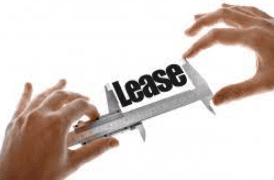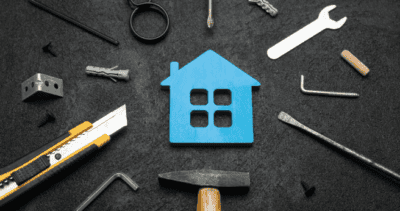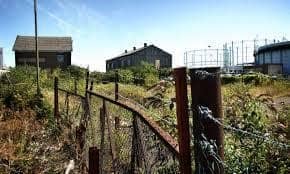There are many noteworthy differences between leasehold and freehold properties. One is that when you purchase a freehold, you take permanent ownership of it, whereas, with a leasehold, you are merely buying the right to occupy the property for a set amount of time.
Length of Lease
The lengthier the term of your lease, the more ideal, less so if it’s on the shorter side. The majority of the time, leases with under eighty years remaining are seen as worth less than those with longer leases. That makes them harder to market and sell, which can put you in a difficult position. This article from the guardian may provide a deeper insight on this topic.
Luckily, the law can work to your advantage. Once you have occupied your leasehold property for two years, you are entitled to an extension. Now, while the freeholder is obligated to authorise the extension, they can also charge a premium. It’s important that you take this into consideration when you buy the property.
It would be prudent to seek an extension while the lease still has ninety years, at least, to run. This can be a daunting process for some, but when looking for easy to understand conveyancing news and information, conveyancing specialists such as https://www.samconveyancing.co.uk/news/conveyancing may be able to assist.
Demise
When purchasing a flat, it’s essential to know exactly where your flat ends and where your neighbour’s flat and the common areas of the property start. This is referred to as the demise. Usually, your demise will encompass every inside wall and surface, along with the interior parts of your property, but not the roof, outer walls or other architectural parts of the property.
It’s common for the lease to contain an outline of the property with the range of the demise distinctly marked out. This might encompass things like your storage facility or parking space. It’s crucial that you look over and become familiar with your demise to ensure that you know precisely what you’re responsible for.
Alteration
It’s not unusual for leases to have a clause stating that the owner needs to get permission from the freeholder before beginning to make any kind of alteration to the property. If you want to make changes, you will have to gain permission via an application known as a Licence for Alterations.
Service Charges
With a leasehold, many owners have to contribute to the cost of the maintenance of the property. This is usually referred to as a service charge.
Not paying can have grave consequences, including the freeholder seizing ownership of the property back and selling it to another person. This is commonly referred to as forfeiture.





